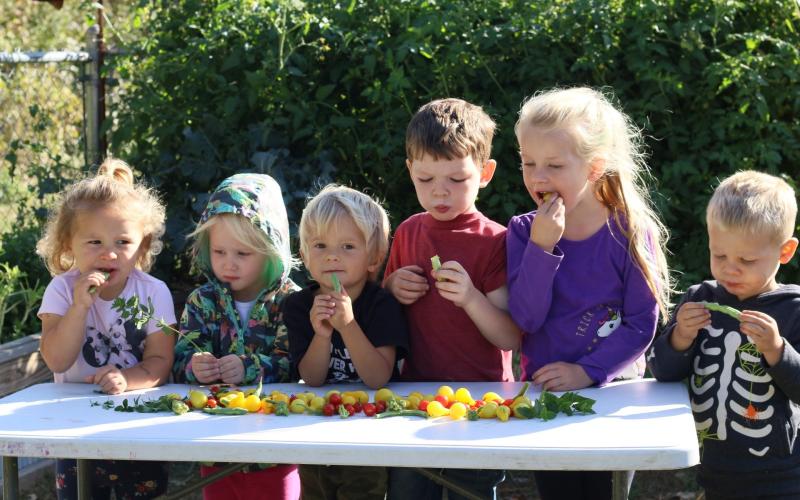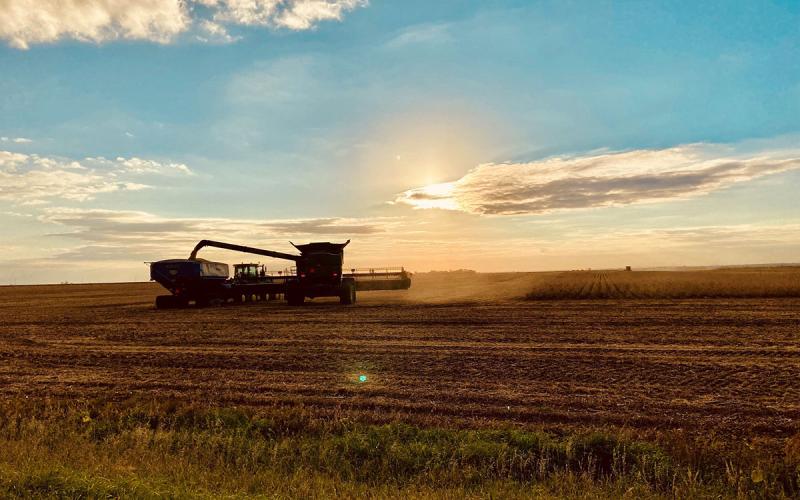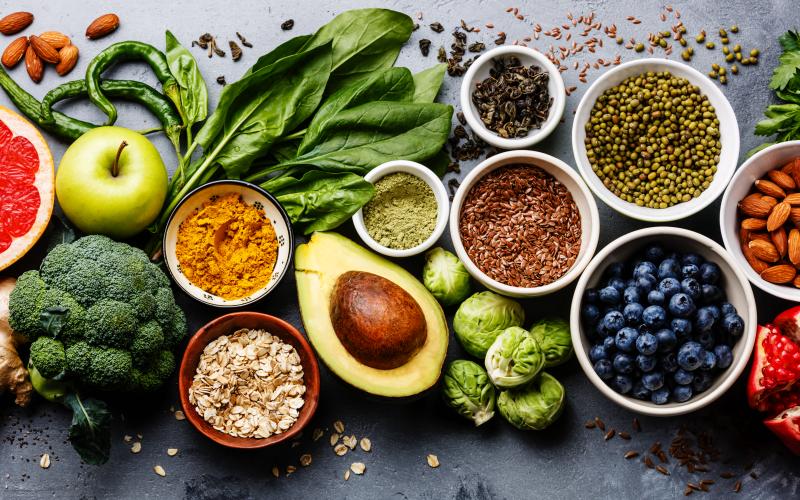Search

SDSU Extension encouraging physical activity with virtual fitness event
September 11, 2025
South Dakota State University Extension is encouraging South Dakotans to get active with its fourth annual Fall into Fitness seasonal activity challenge.

SDSU Extension encourages eating locally produced food with 2025 Crunch Off
September 15, 2025
South Dakota State University Extension is excited to promote locally grown foods with the 2025 South Dakota Crunch Off.

Calling Annie’s Project alumni: SDSU Extension offering virtual suicide prevention training
June 18, 2025
South Dakota State University Extension is offering virtual suicide prevention training called Question, Persuade, Refer for Annie’s Project alumni on July 30, 2025.

Managing Farm Stress During Harvest Season
With unpredictable weather and market prices, harvest season can feel like a whirlwind with incredible pressure. Learn some expert tips for recognizing and managing stress during this critical time of the year for farm families.

SDSU Extension to offer virtual legal and financial education
October 15, 2025
South Dakota State University Extension is working with Nebraska Extension and North Dakota State University Extension to offer a program to prepare you to ask another person to serve as your fiduciary for legal and financial matters.

Financial Tips for College Students
College is both an exciting and challenging chapter of life—especially when it comes to finances. Learn some expert tips for setting yourself up for financial success throughout college and beyond!

Family Food Cent$ newsletters
A monthly electronic newsletter for limited resource audiences, including information, tips and recipes.

Embracing Technology to Teach Early Literacy Skills
Research suggests that learning happens when children can use multiple senses, such as sight, sound, and touch. With technology, parents, caregivers, and educators can nurture reading skills in new, exciting ways!

Voices For Food
Resources for Food Councils to bridge the gap between food security and healthy food choices.

Park Prescriptions
Through a collaborative partnership between the South Dakota Department of Health, South Dakota Game Fish & Parks and SDSU Extension, healthcare professionals are encouraged to sign up and prescribe exercise to their patients through the Park Prescription (Park Rx) program.